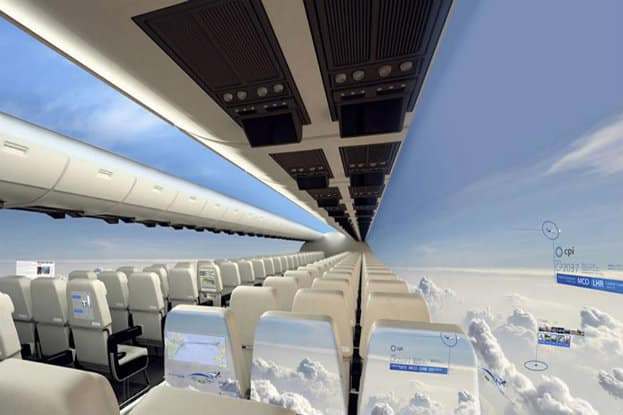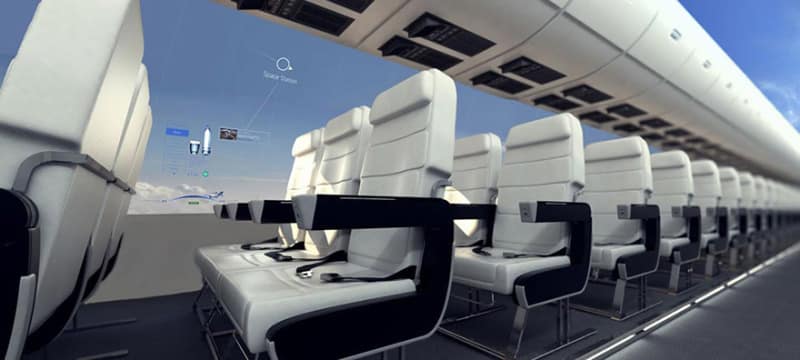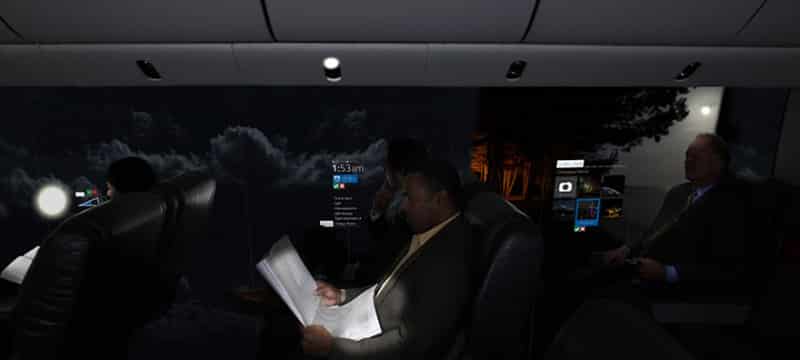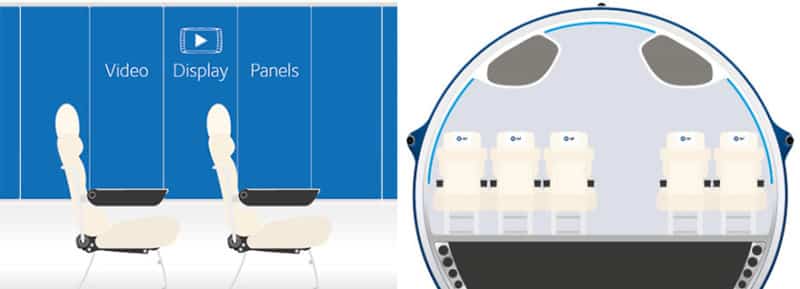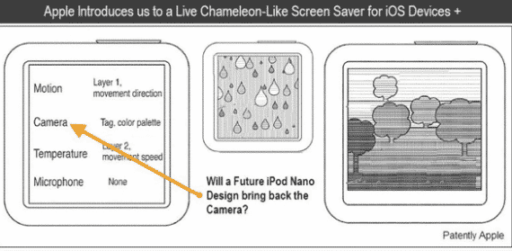While travelling on a plane, some get window seat, while some don’t. That means some people can enjoy the scenario outside, while others who can’t manage a window seat, don’t. But now it seems every passenger will be able to enjoy the scenario outside as long as they will be on that plane. How? Well, British technology research company Center for Process Innovation (CPI) has decided to make windowless plane!
CPI helps companies develop new products. According to the company, lighter aircraft consume less fuel, which, in turn, could lead to a reduction in costs and airfares. The planes we see around do have heavy windows and cabin walls. The company has estimated that for every 1 percent reduction in a plane’s weight, fuel costs are cut by 0.75 percent. According to the company, 80 percent of an airline’s weight is due to fuel and the plane itself, so removing the windows could save on running costs. So, now the company is working on developing technology that would reduce an aircraft’s weight.
For the time being, CPI has come up with a brilliant idea. If there is no window on a plane, then its weight will be reduced widely; hence less fuel will have to be spent. If the idea can save a lot of money, then why not deploy it? And that’s it.
Now the company has decided to make such a plane that will have not the windows that we see on planes; instead the plane will have hi-definition, ultra-thin and lightweight screens that will display the passengers the outside world through cameras that are mounted on the plane’s exterior.
The screens would be made from organic light-emitting diodes (OLED’s) and wouldn’t require a backlight, which means they’d use less energy and can be thinner than other displays such as LCD and plasma. Apart from this, passengers will be able to control their view with the interactive technology, and could also use the display to browse the Internet.
Jon Helliwell, a chemist and Director of the CPI, said, “By putting windows into a plane, the fuselage needed to be strengthened. And by omitting them in favour of walls of screens on panels, the fuselage would be lighter.”
The main obstacle to overcome in the design is to create flexible OLEDs that can be used in an aeroplane-ready screen that’s both durable and relatively cheap to manufacture. The team is currently using advanced equipment to fine-tune the OLEDs, and hope that the concept will become a reality in the next 10 years. Here’s a video to find out more about this unique design:
https://www.youtube.com/watch?v=Ga3PMsrHpjU
For more details, hit the link below.
Source: The Guardian
Thanks To: Bore Panda
[ttjad keyword=”t-mobile-contract-phone”]

